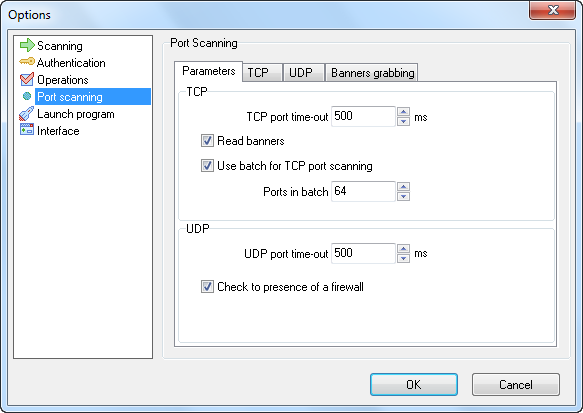

It tests access to the various protocols supported by Lansweeper, and can be found in Program Files (x86)\Lansweeper\Actions\Devicetester.exe.ĭon't forget to submit your SNMP or SSH credential in the tester, if relevant. If you are unsure which protocols are enabled on a device, or would like to test your SNMP or SSH credential, run the Devicetester.exe tool on your Lansweeper server. A community string with read-only access is sufficient for Lansweeper scanning.įor information on configuring SNMP or another protocol on your device itself, you will need to consult the device documentation, as protocol support and setup differ from device to device. passwords), public being for read-only access and private for read/write access. Many network devices have SNMP enabled by default and use public and private as their default SNMP community strings (i.e. SNMP generally provides Lansweeper with the most detailed device information. More specifically, Lansweeper can pull data from any device that has one or more of the following protocols enabled: Bonjour, DNS-SD, FTP, HTTP, HTTPS, JetDirect, mDNS, SIP, SMTP, SNMP (SNMPv1, SNMPv2 or SNMPv3), SSDP, SSH, Telnet, UPnP or WMI. Some examples of network devices are cameras, firewalls, mail servers, music systems, NAS devices, printers, routers, switches, UPS devices, VOIP phones and web servers. Apart from scanning Linux, Unix, Mac and Windows computers, as well as VMware servers, Lansweeper is also capable of scanning network devices.


 0 kommentar(er)
0 kommentar(er)
